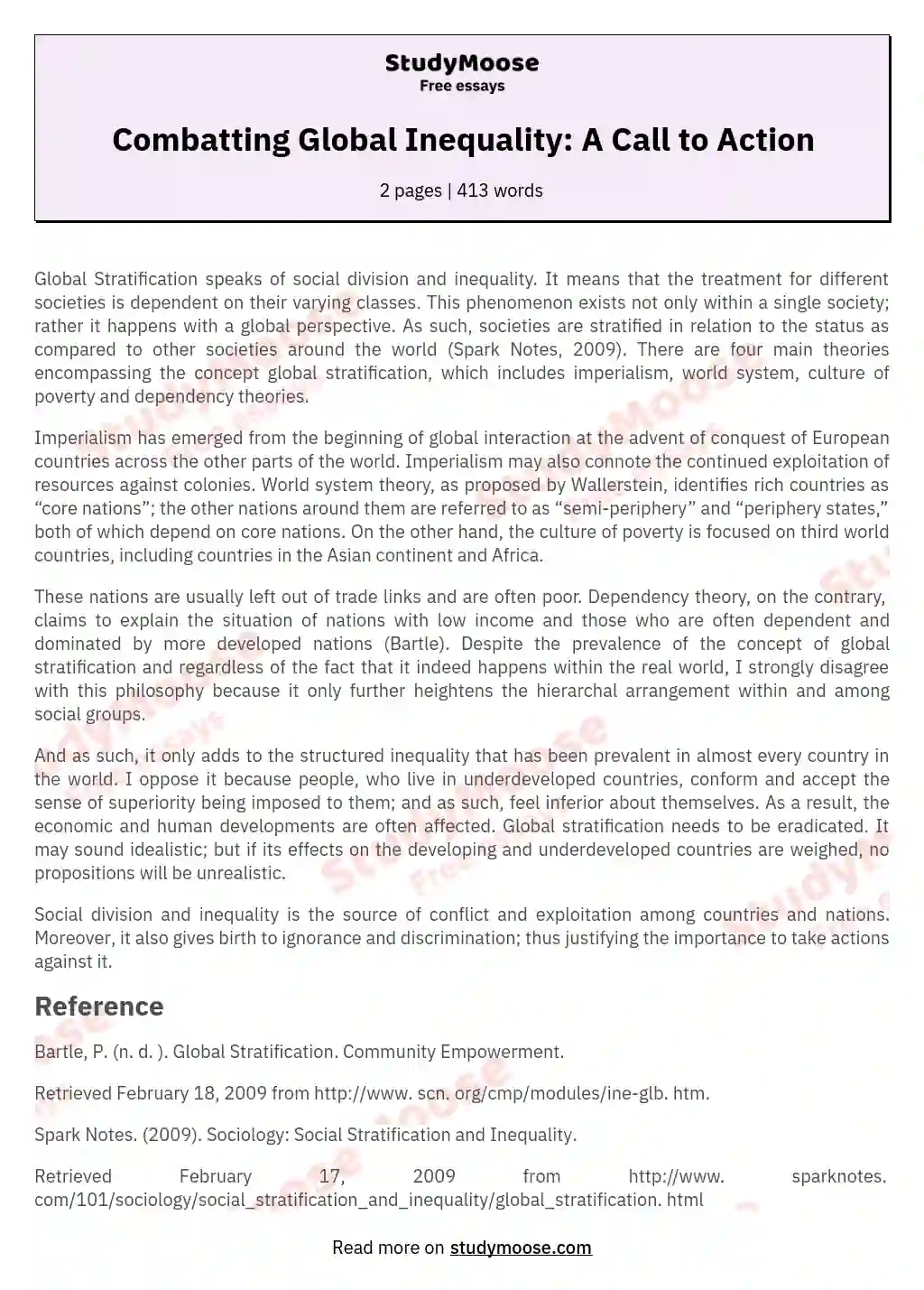Imagine a world where your entire life is predetermined, your occupation set in stone, and your social standing dictated by your birth. This isn’t a dystopian fiction, but a harsh reality for millions throughout history, particularly within the complex framework of the caste system. While it might sound like a relic of the past, the caste system continues to exert a powerful influence in many parts of the world today, offering a poignant example of social stratification at its most enduring.

Image: childhealthpolicy.vumc.org
Social stratification, the hierarchical arrangement of individuals and groups within society based on factors like wealth, power, and prestige, is a universal phenomenon. The caste system, however, stands apart as a rigid and deeply ingrained form of this hierarchy, manifesting across various cultures and continents for centuries. Understanding the caste system allows us to delve deeper into the intricate dynamics of social stratification, its pervasive impact on individuals and communities, and the ongoing struggle for equality in the face of deeply entrenched social structures.
The Origins of the Caste System
The caste system, with its roots in ancient India, is a complex socio-religious framework that classifies individuals into distinct hereditary groups with specific rights, obligations, and social roles. Though its origins remain shrouded in debate, the earliest documented evidence dates back to the Vedic period (1500-500 BCE).
The Four Varnas
Central to the caste system is the concept of varna, literally meaning “color” but signifying a division into four major categories:
- Brahmanas: The priestly class, held in high esteem and responsible for religious rituals and education.
- Kshatriyas: The warrior and ruling class, responsible for protecting society and maintaining order.
- Vaishyas: The merchant and farmer class, involved in economic activities and trade.
- Shudras: The laborer class, performing menial tasks and serving the upper varnas.
Each varna was associated with a specific function and a corresponding level of social status. Brahmanas, revered as the keepers of knowledge and spiritual authority, occupied the highest position in the hierarchy.
The Rise of the Jati System
Over time, the varna system evolved into a more intricate network of sub-castes known as jati. These jati further divided society into thousands of smaller, often endogamous groups (marriage within the group) with specific occupations, traditions, and social rules. The jati system provided a more granular categorization of society, encompassing a vast array of professions and social roles.

Image: mrarmy.weebly.com
The Untouchables
The caste system also included a fifth category, the Dalit or “Untouchables,” who were considered outside the four varnas and deemed ritually impure. These individuals were assigned the most undesirable and polluting tasks, often considered so low they were seen as outside the social order. They faced relentless discrimination, social exclusion, and denied access to basic rights and opportunities.
The Caste System in Modern Times
While the caste system was officially abolished in India after independence in 1947, its legacy continues to permeate society. While visible forms of discrimination, like untouchability, have been partially eradicated, subtle forms of prejudice remain deeply embedded in social practices, economic inequality, and political power.
The Perpetuation of Inequality
The caste system’s enduring impact is evident in areas like:
- Education: Children from lower castes often face limited access to quality education, hindering their social and economic mobility.
- Employment: Occupational segregation persists, with upper castes dominating higher-paying and prestigious professions.
- Marriage: Endogamy, the practice of marrying within one’s caste, remains prevalent, perpetuating social divisions.
- Political Representation: Representation in politics often favors upper castes, limiting the voice and influence of marginalized communities.
A Global Phenomenon
The caste system is not limited to India. Similar systems of social stratification exist across the globe, reflecting the historical and cultural influences of the caste system. In Nepal, the caste system remains a dominant social force, with similar divisions and discriminatory practices. Even in countries with less explicit caste hierarchies, subtle forms of social stratification based on lineage, wealth, and social status continue to shape societal dynamics.
Fighting for Equality
Despite the challenges, there is a growing movement for equality and social justice within India and other nations grappling with the enduring effects of the caste system. Dalit rights organizations, NGOs, and individuals are fighting to dismantle the structures of oppression and empower marginalized groups.
The Importance of Intersectional Approaches
Understanding the complexities of the caste system requires a nuanced approach, recognizing the intersections of caste with other forms of social stratification, such as gender, religion, and economic status. Effective solutions need to address the systemic inequalities that perpetuate discrimination and poverty, creating a more equitable and just society.
An Example Of Social Stratification
Conclusion
The caste system stands as a stark reminder of the enduring power of social stratification and its devastating consequences for individuals and communities. While progress has been made in dismantling the most blatant forms of discrimination, the deep-rooted social inequalities that were the defining feature of the caste system remain a challenge. By understanding the history, dynamics, and ongoing impact of this complex social system, we can foster greater awareness and contribute to the fight for social justice. Let us remember that true equality requires dismantling all forms of social hierarchy and ensuring that every individual has access to opportunity, dignity, and respect, regardless of their background.





